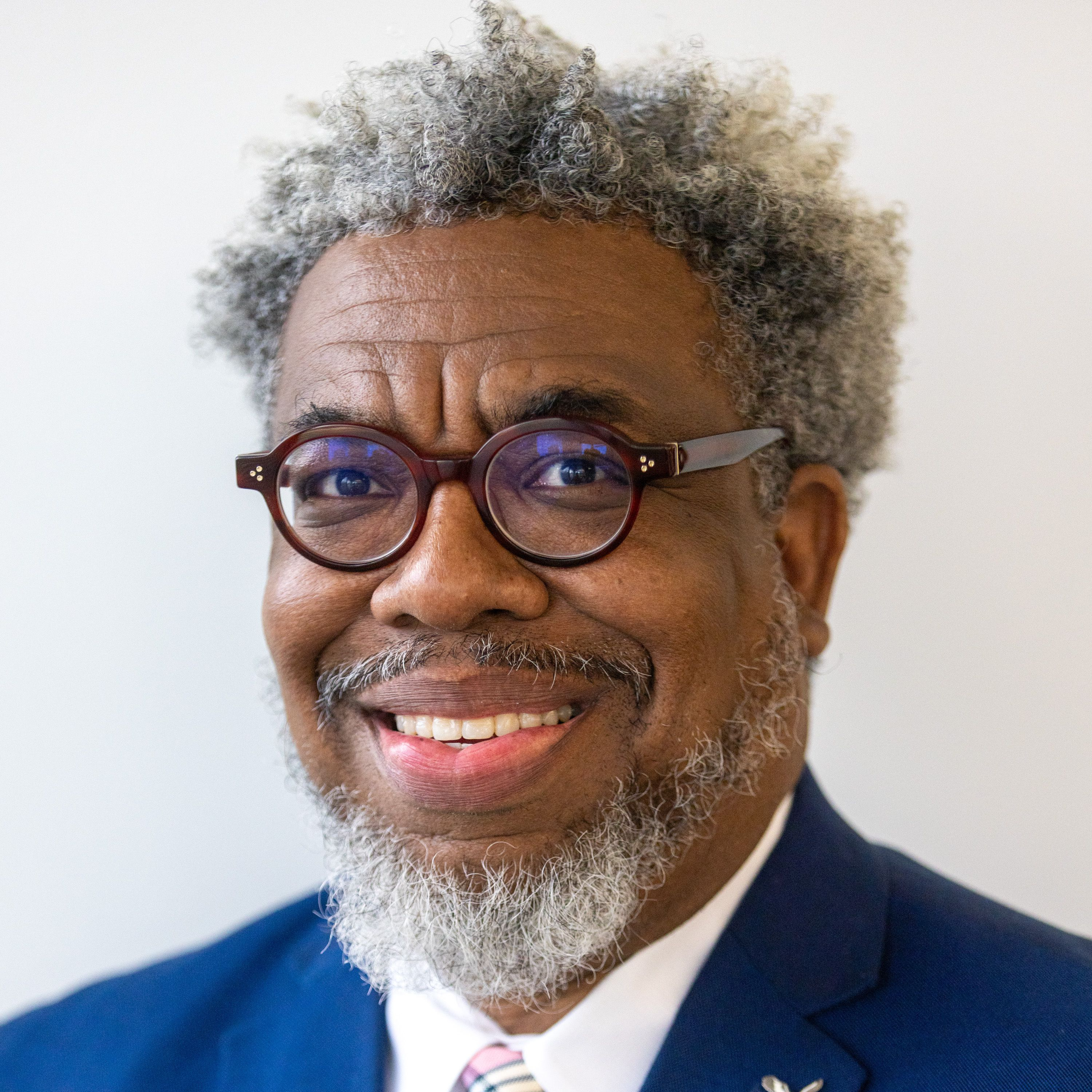Atlanta’s civil rights museum reopens, reimagined for the next generation

When Arthur M. Blank speaks, people tend to stop what they’re doing.
That’s exactly what happened Tuesday morning, just before photographers began clicking at the $58 million reopening of the National Center for Civil and Human Rights.
Blank, who had helped fund much of the expansion, wanted the C.J. Hicks Elementary School chorus to gather around him and the other dignitaries before the shutter sounds filled the air.
The Atlanta businessman and philanthropist who donated $15 million to the NCCHR, has been among its most ardent champions. But for years, he lamented that little inside the museum spoke directly to children.

That has changed.
The new Arthur M. Blank Inspiration Hall, part of a sweeping reimagining of the downtown institution, now features a cafe, expanded galleries exploring Reconstruction and racial violence, and, most importantly, an exhibit space designed with children and families in mind.
“I’ve said this many times: Kids are a third of our population and 100% of our future,” Blank said Tuesday. “The ability for children to come into this space and understand the history and lessons of civil and human rights has never been more important than it is right now.”
Nearly a year of renovation has almost doubled the NCCHR’s size and transformed its interior, giving fresh dimension to a museum that opened in 2014 as a monument to the global legacy of Atlanta’s civil and human rights contributions.

Originally budgeted at $38 million, the expansion grew to $58 million as pandemic-era costs climbed. The project was financed by a coalition of foundations and corporations, including Coca-Cola, UPS, Home Depot, the Mellon Foundation, the James M. Cox Foundation, and the Wilbur and Hilda Glenn Family Foundation.
In addition to Blank’s hall, the Center also dedicated the Shirley Clarke Franklin Pavilion, named for the former Atlanta mayor who helped shepherd the institution from concept to reality more than a decade ago.
Franklin, who this year also had a city street and park named in her honor, called the recognition “humbling.”

“I’m grateful for the recognition, but there are so many people who contributed,” she said. “So I believe my name is really a placeholder for all of them.”
The new Franklin pavilion includes classrooms, performance areas and a rooftop terrace, the site of Tuesday’s ceremony. It stands as both an architectural statement and a testament to Franklin’s long view of civic possibility.
As mayor, Franklin helped secure King’s papers in 2006, preventing their auction and ensuring they would anchor the museum’s permanent collection.
She often deflects credit, saying the idea for the museum came from the late activist Evelyn Lowery and the former United Nations ambassador and Atlanta Mayor Andrew Young, who urged her to take it on shortly after she was elected.

“At the time, we were challenged with budget and water and sewer issues and other problems,” Franklin recalled. “So we literally put it on the list.”
That list eventually found its way to A.J. Robinson, the president of Central Atlanta Progress and now vice chair of the Center’s board. Robinson saw potential.
“We wanted to create something that people would recognize Atlanta for, much like the Olympics,” he said. “Visitors come for the weather and attractions, but the real essence of Atlanta is here — in our ability to celebrate the past, honor those who made change possible, and inspire others to do the same.”
The timing, he added, was “ideal.”

The Georgia Aquarium had just opened. The World of Coca-Cola was moving from Underground Atlanta to the Centennial Park area.
“The city still carried the confidence of the Olympics,” Robinson said. “It felt like the right time to build something meaningful that spoke to Atlanta’s spirit — a true legacy project for the whole community. As they say, it took a village.”
Inside, the familiar has been reimagined.
The “Lunch Counter Sit-In Simulation,” one of the museum’s most powerful experiences, now accommodates more visitors at once, immersing them in the tense sensory world of nonviolent protest.
A new “Atlanta Alcove” chronicles the city’s role in the movement, while quiet reflection rooms — stocked with sofas and tissues — give guests a place to sit with what they’ve seen.

President and CEO Jill Savitt described the expansion as both a physical and philosophical “statement about the power of storytelling at a time when museums themselves have become part of the national debate.”
In recent years, institutions across the country have faced pressure from the president and politicians who argue that history museums should emphasize patriotism rather than pain. Against that backdrop, the Atlanta Center’s reopening feels both restorative and defiant.
“Within these walls, we believe we tell stories about what makes America truly great,” Savitt said. “We present the record of how Americans have struggled, generation after generation, to define and achieve freedom, equality, and belonging. And we share the moments when America has shined brightest and when individuals worked together to expand human freedom.”

The Center’s location — between the Georgia Aquarium, the College Football Hall of Fame and Centennial Olympic Park — positions it at the heart of Atlanta’s tourism corridor and, increasingly, its conscience.
Its mission remains simple and audacious: to inspire visitors “to tap their own power to change the world around them.”
That ambition is now on full display in the newly arranged Martin Luther King Jr. Collection, which has moved from the basement to the main floor.

King’s handwritten notes and speeches are illuminated beneath museum lights, serving as both artifact and call to action.
Bernice King, the civil rights leader’s youngest daughter, serves as guest curator.

Her father’s words, she said, “are road maps.”
“They speak urgently to our time — a time of rising authoritarianism, fractured democracy, and communities under siege,” she said. “The King Center and the National Center are a declaration that truth matters, that history must be told fully, and that love-centered resistance is still our greatest power for human change.”
